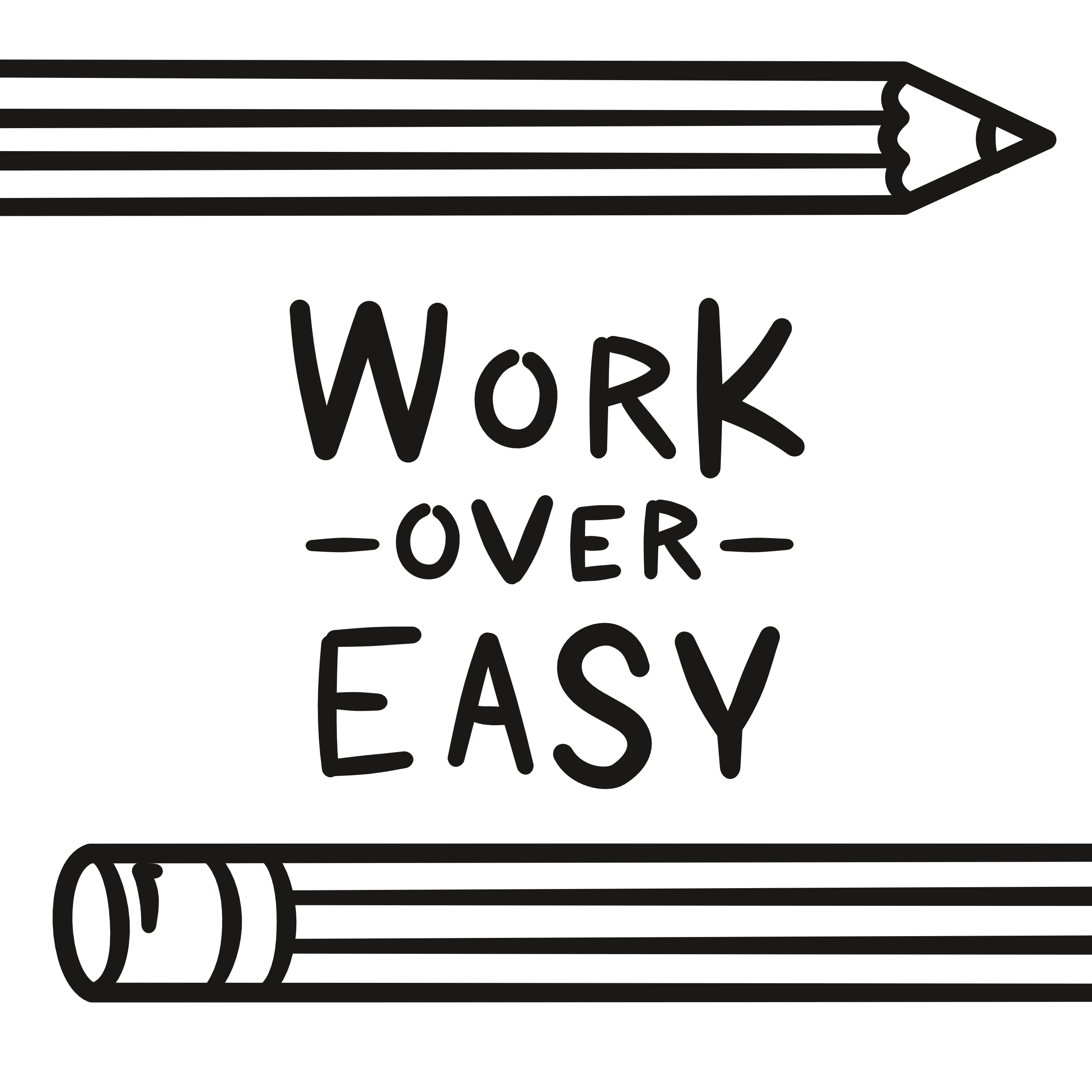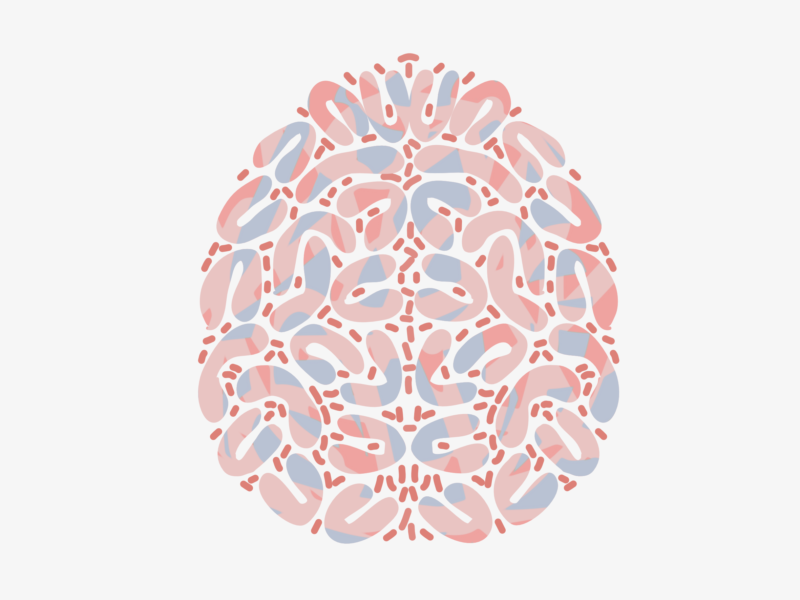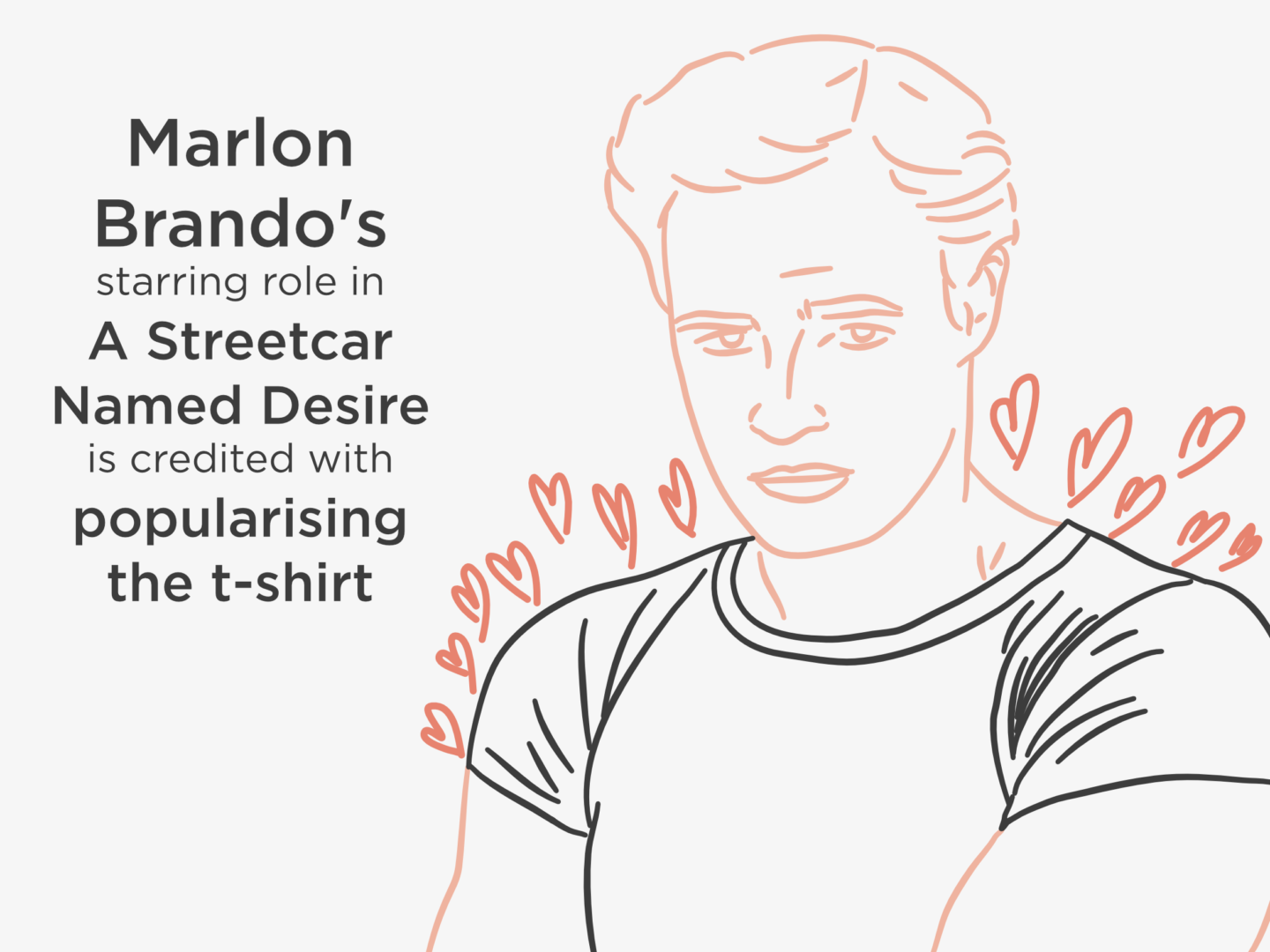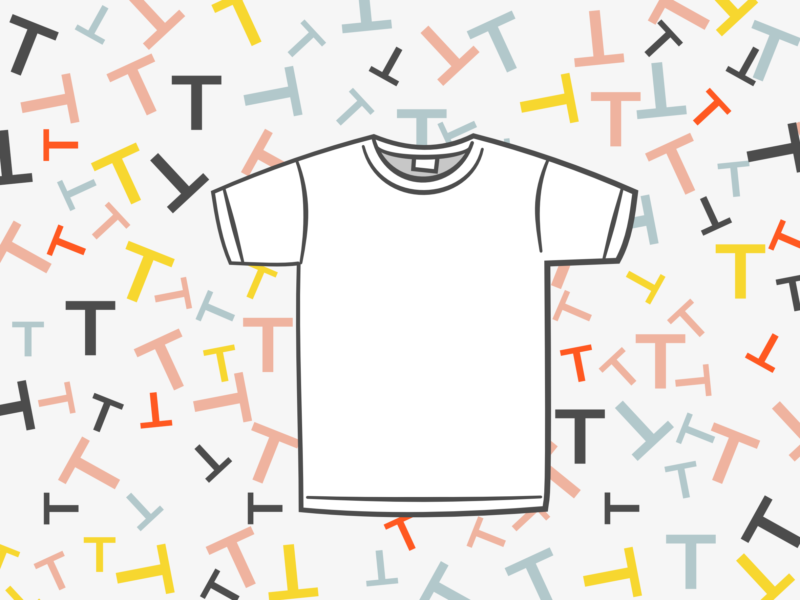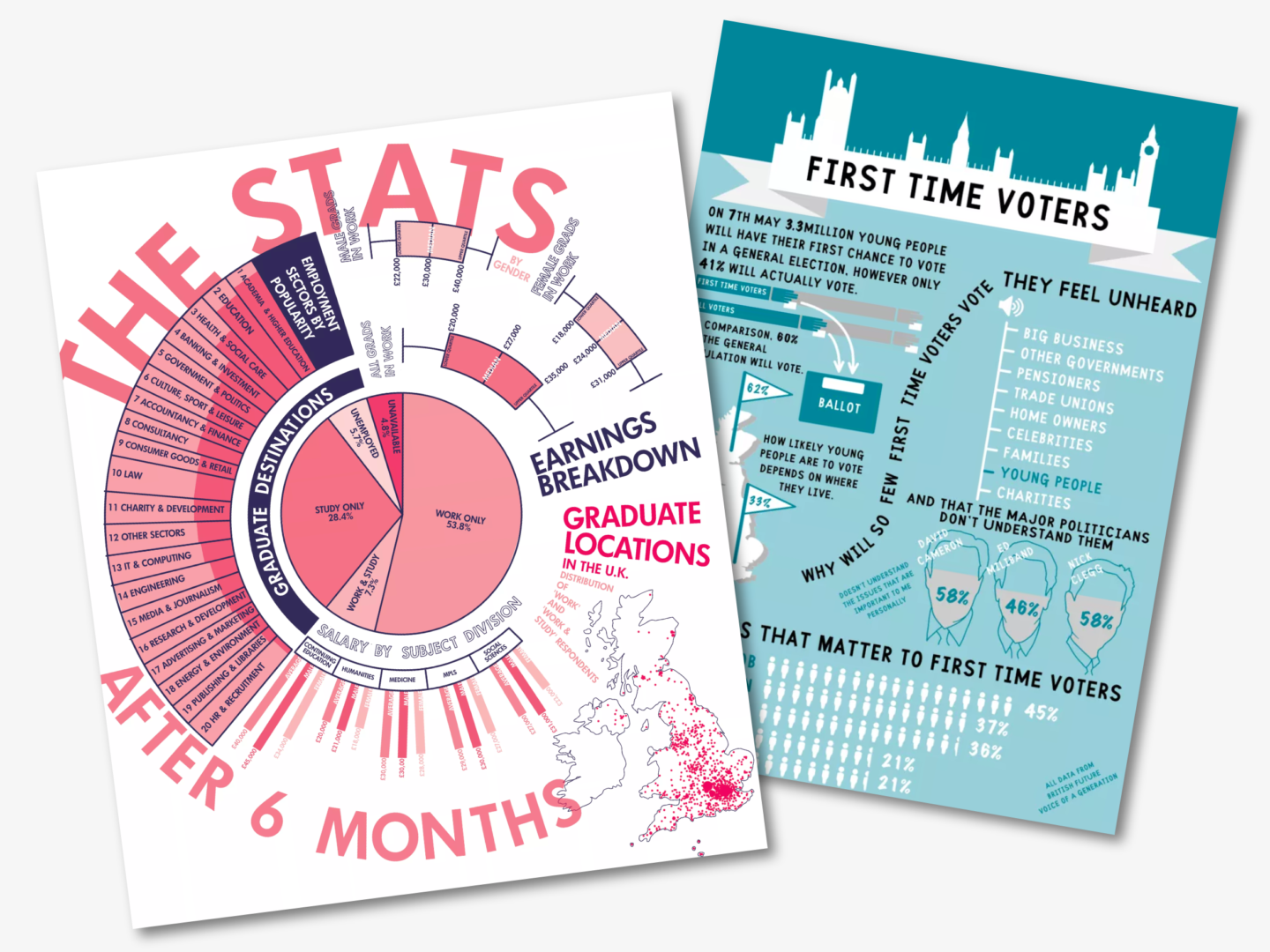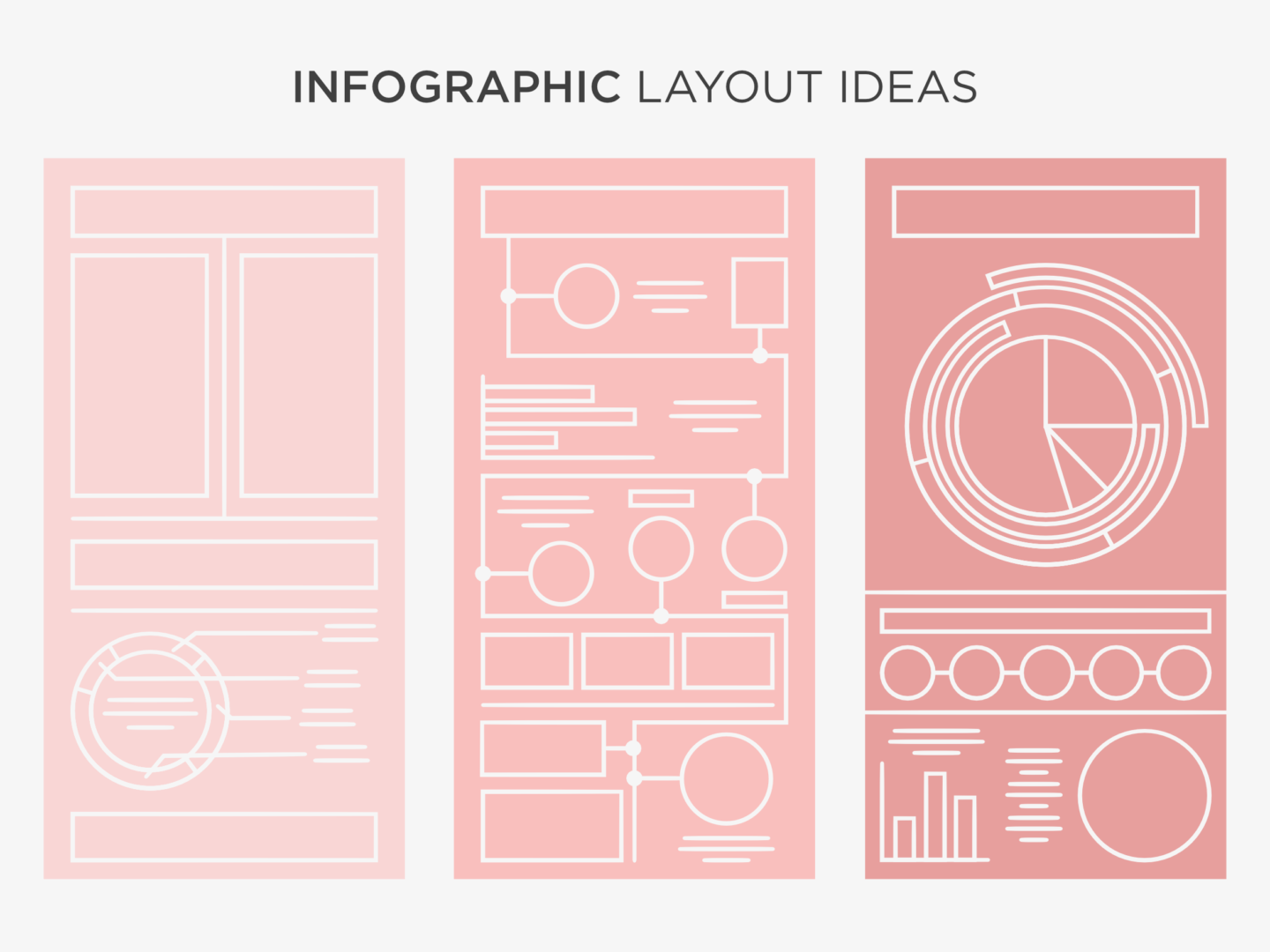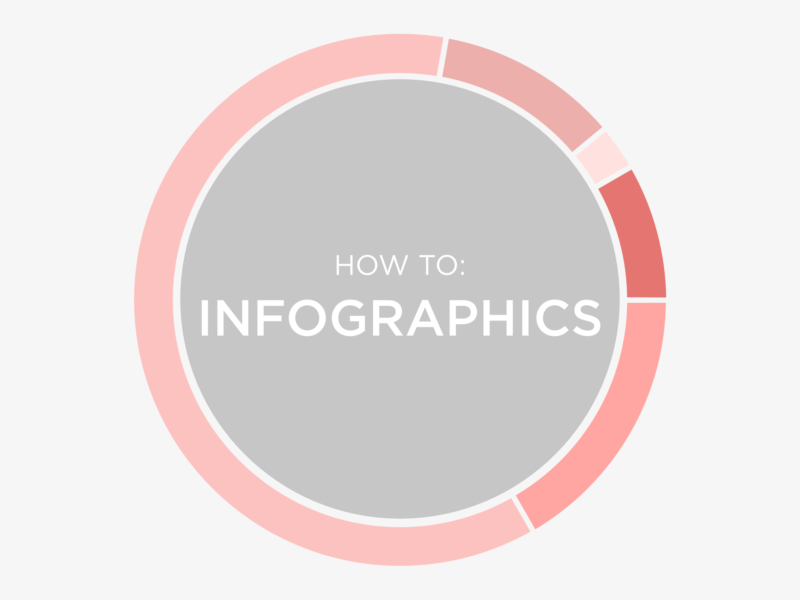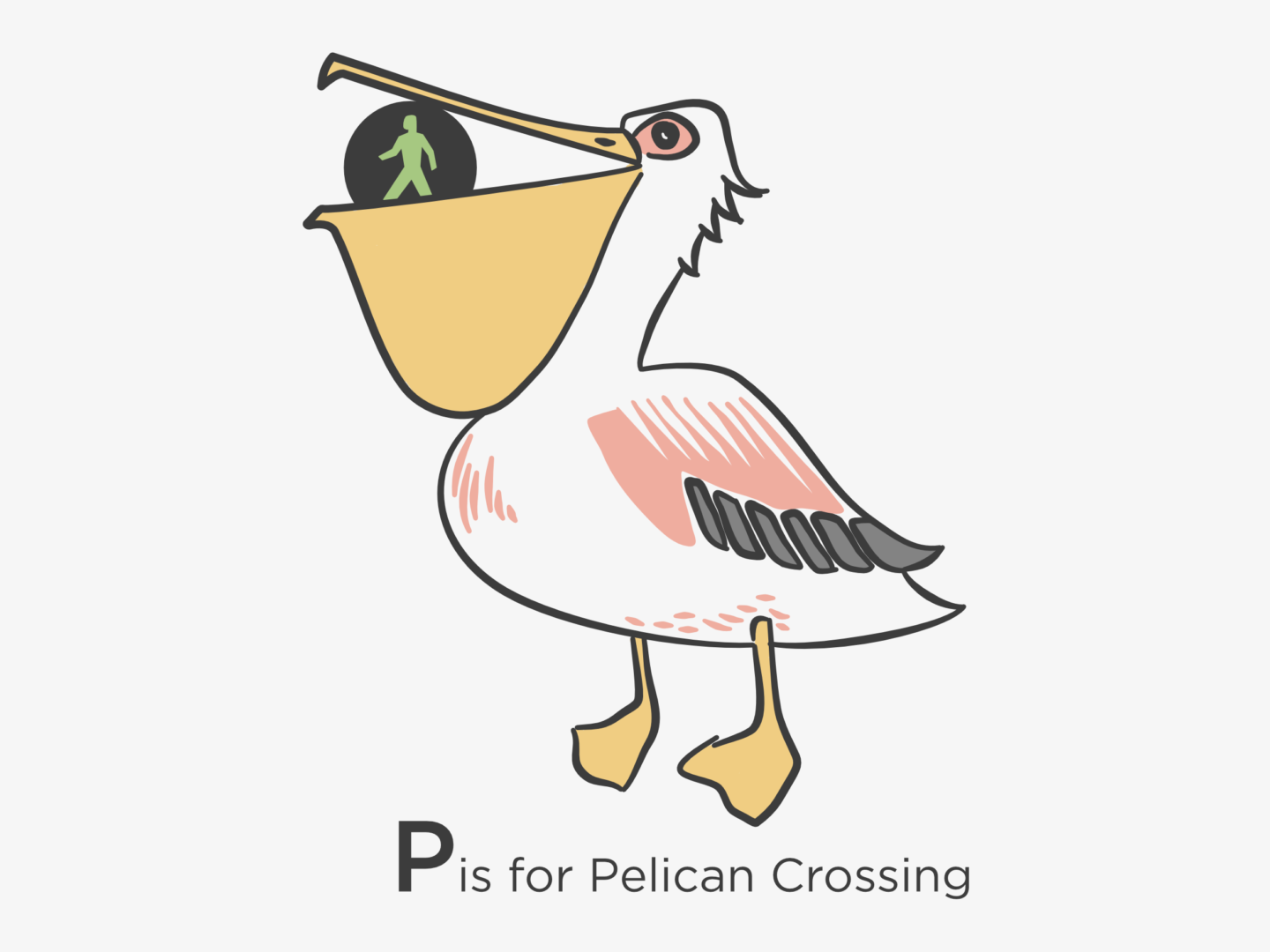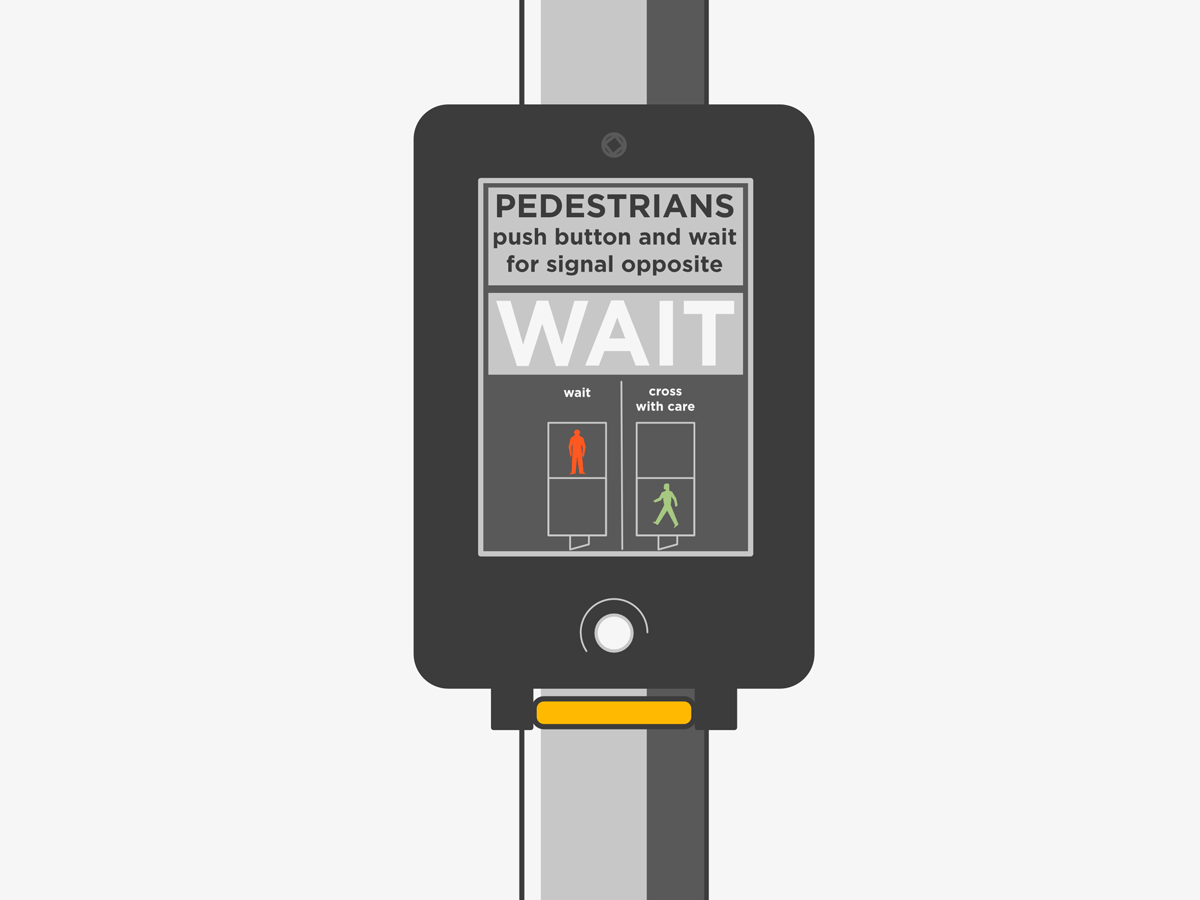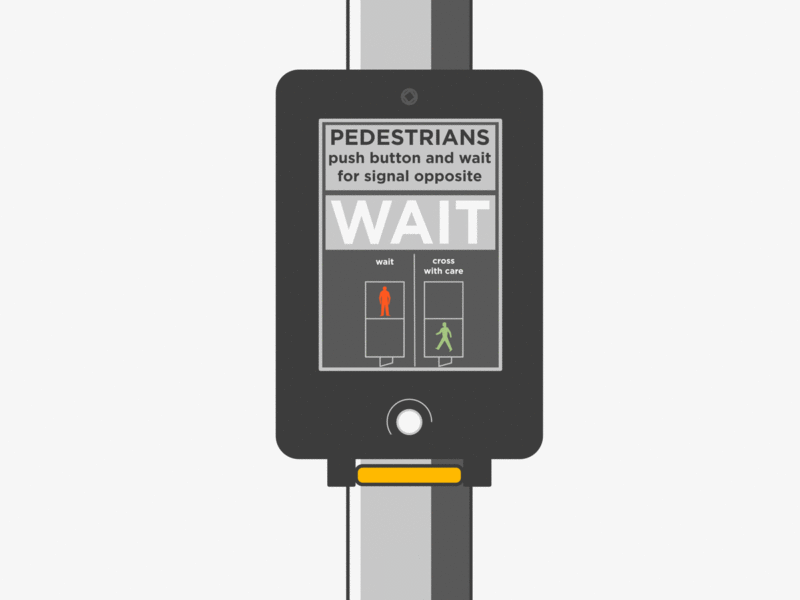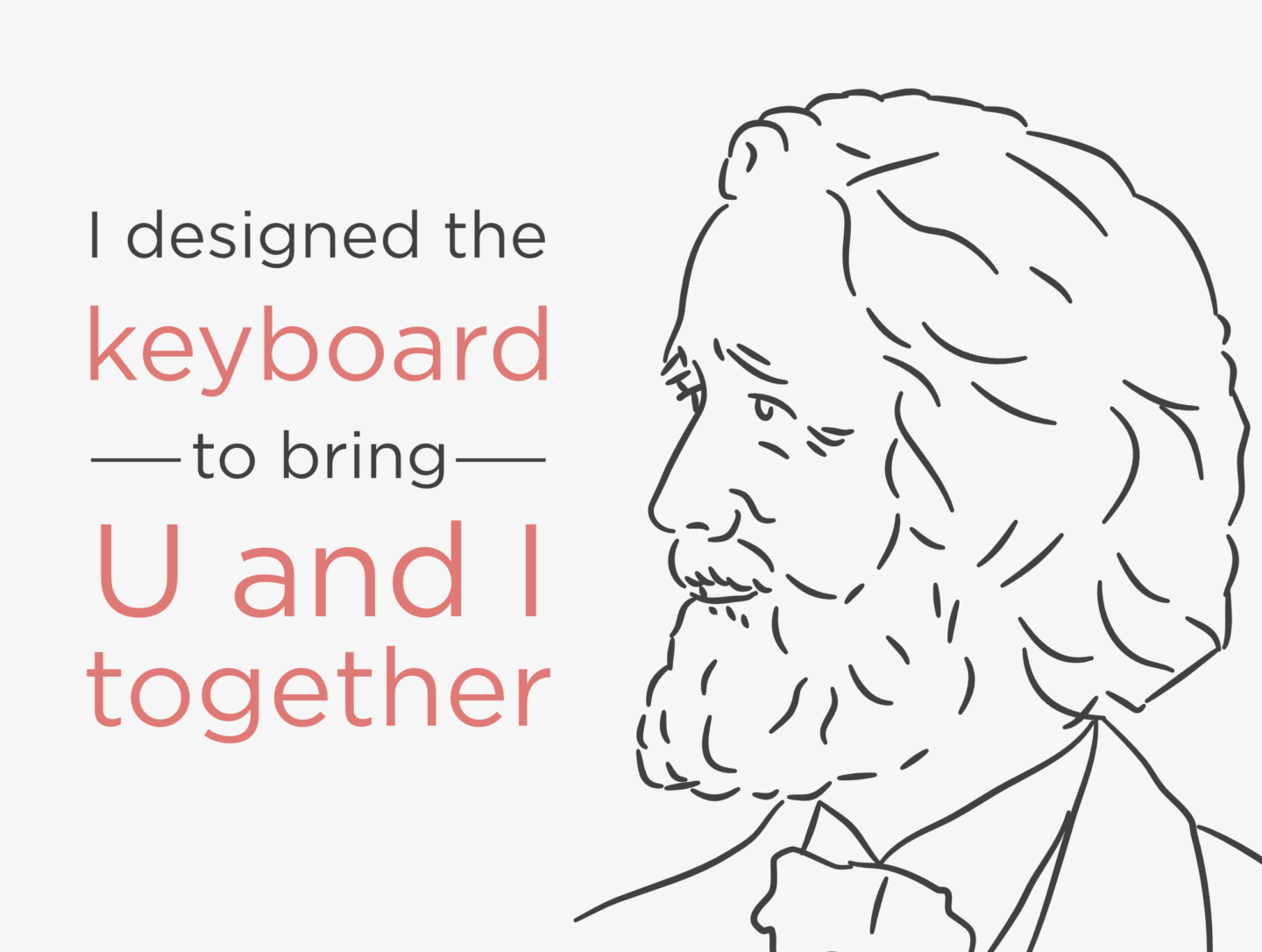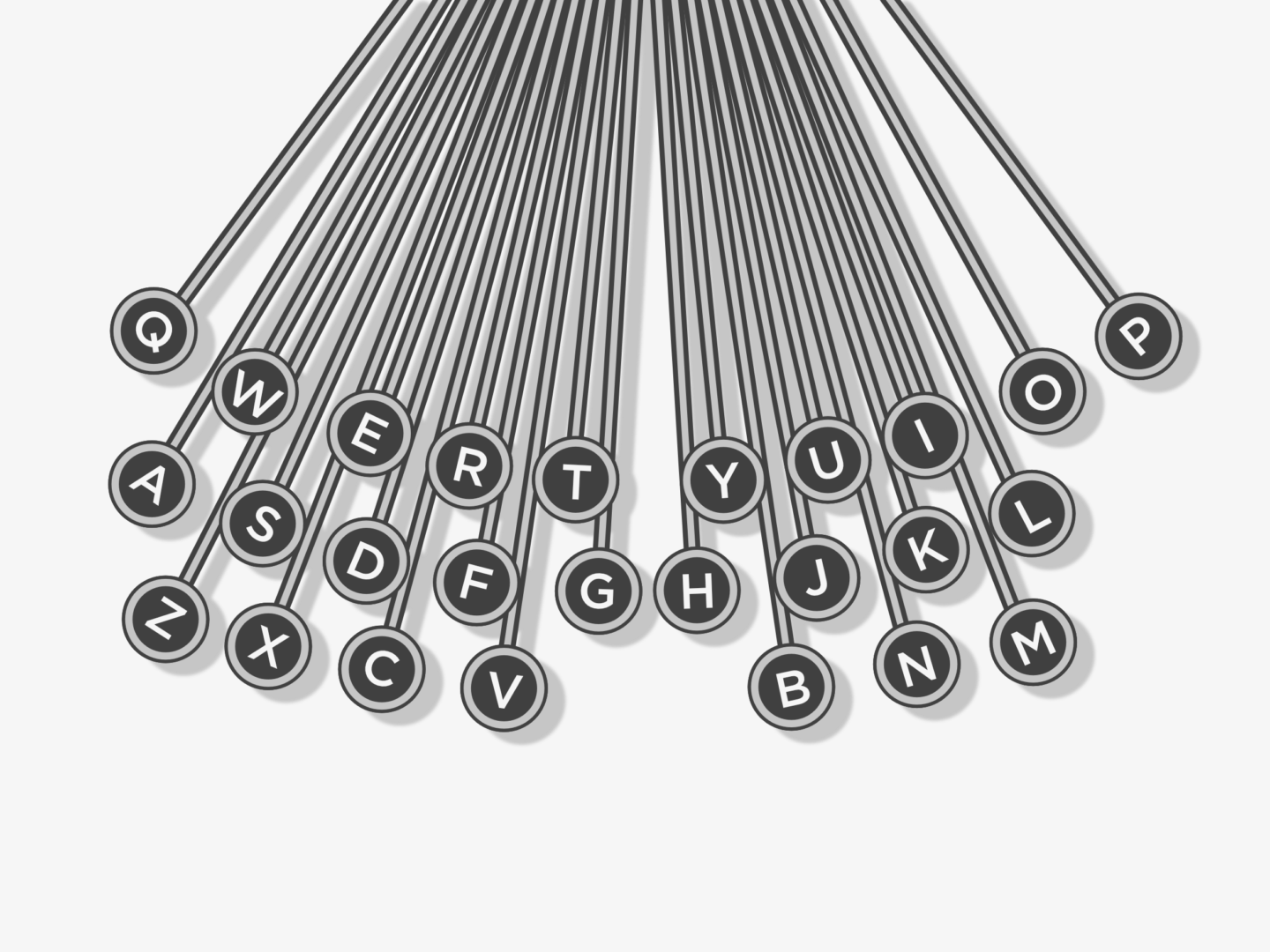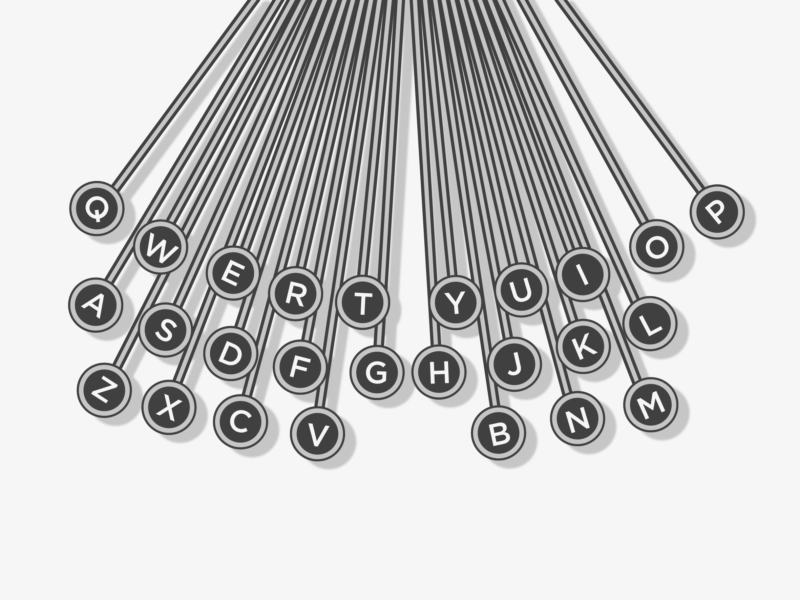Introvert comes from Latin intro-, “inward,” and vertere, “turning.” It describes a person who tends to turn inward for their inspiration and who draw more energy from being alone than being in a big group. I’m one of those people.
There’s a lot of information out in the world about how tired introverts can get in big social situations, and how we prefer to think alone. But there’s not so much about how our inward turning nature helps us develop certain skills that extroverts might not without even knowing. This particular set of skills, I think, can mean that introverts make great designers*.

INSPIRATION
The same psychological trait that means that introverts can easily become overwhelmed in busy situations means we can also find inspiration anywhere. Hans Eysenck suggests that introverts require less stimulation to be alert and engaged than their extroverted counterparts, which means they require fewer stimuli to find inspiration. This is a super useful skill for any kind of creative pursuit, where you need to keep producing new ideas and finding more inspiration from the world.
PERCEPTION
The best designs come from a place of empathy. In order to produce designs people use and love you have to understand what they need. Introverts can be particularly great at picking up on other people’s emotions, in part because we’re so in tune with our own and in part because we’re so sensitive to shifts in the environment around us. This is a skill that introverts often have to develop, but when mastered and harnessed in the right way it can be incredibly powerful.
PLANNING
Introverts can take much longer to process information than extroverts. While this might sound like a weakness it can actually be a strength. Marti Olsen Lany says that introverts have longer neural pathways for processing information, which means that we involve our long-term memories and previous experiences in decision making. By taking our time when processing information and involving our memories we tend to make more considered decisions and in depth plans. Again, this is useful for pretty much any job, but it’s a particularly useful skill for anyone who has to structure their own work or create the direction for a project.
FOCUS
There’s no getting away from the fact that a lot of the work that designers do has to be done quietly, and alone. Introverts require less dopamine to feel happy and motivated, which means we can get a lot out of quietly pooting along rather than needing to do lots of things to get our kicks. Our energy saving nervous systems set us up perfectly for hours of aligning, and kerning, and making sure that shade of blue is just right.
GETTING TO THE POINT
Introverts are notoriously not the best at small talk. We tend not to get anything, especially enjoyment, out of it. While that’s not great for networking – and it’s certainly something I’m personally trying to work on – it’s actually really good for helping clients get to the point. Introverts enjoy meaningful one on one conversations, which are, in my opinion, one of the best ways to get to the heart of what a client wants and needs. That plus the emotional awareness we discussed above means we often have pretty good bs filters. Skipping the small talk to get to the point and the insightful discussion, speeds up the process of producing significant and impactful work.
There are so many great things about being an introvert, so don’t forget that you can make however you’re wired a strength rather than a weakness. I hope this has been a reminder out there to someone out there that even if you’ve developed skills without noticing it, or if they’re just innate, they’re still really useful qualities that can make you great at what you do.
So, to all of my introverted designer friends – go forth and conquer (quietly)!
Also, if you’re looking to hire a designer, don’t overlook us quiet folk – we’ve got a lot to offer even if we don’t always shout about it.
*Extroverts make great designers too. They’re great at brainstorming in groups, at fast prototyping, at sharing and presenting their ideas and so much more. Plus, no one is truly one or the other, we all sit somewhere on a scale, and anyone can develop any of the skills I’ve discussed above. I just wanted to write a little something for my introverted pals out there, because I feel like there’s a lot out there about the struggles of being an introvert in an extrovert’s world but not enough about the ways in which introversion can be a real asset.

